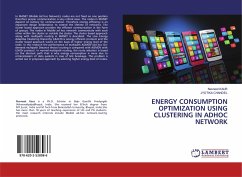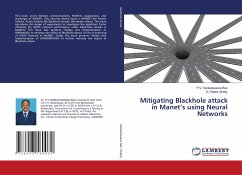In Mobile Ad Hoc Networks (MANET) every node functions as transmitter, router and data sink. MANET is network without infrastructure. It discover its local neighbors and through them it will communicate to nodes that are out of its transmission range. The advantages of this mechanism are to overcome the interaction of three fundamental difficulties such as node connectivity, contention and congestion. The paper described the formal evaluation of performances of three types of MANET routing protocols when the node density or the number of nodes varies. Every ad hoc routing protocol on their performances in the network has their own advantages. The protocols included the Dynamic Source Routing (DSR), Ad Hoc On-demand Distance Vector (AODV), Optimized Link State Routing (OLSR) protocol and Destination-Sequenced Distance Vector (DSDV) protocol. The analysis had been done the theoretically and through simulation using an Optimized Network Engineering Tools NS-2.With the help of NS-2 software we can analysis the performances of the following metrics: packet delivery ratio, end-to-end delay, packet dropped, routing load and end-to-end throughput.
Bitte wählen Sie Ihr Anliegen aus.
Rechnungen
Retourenschein anfordern
Bestellstatus
Storno








